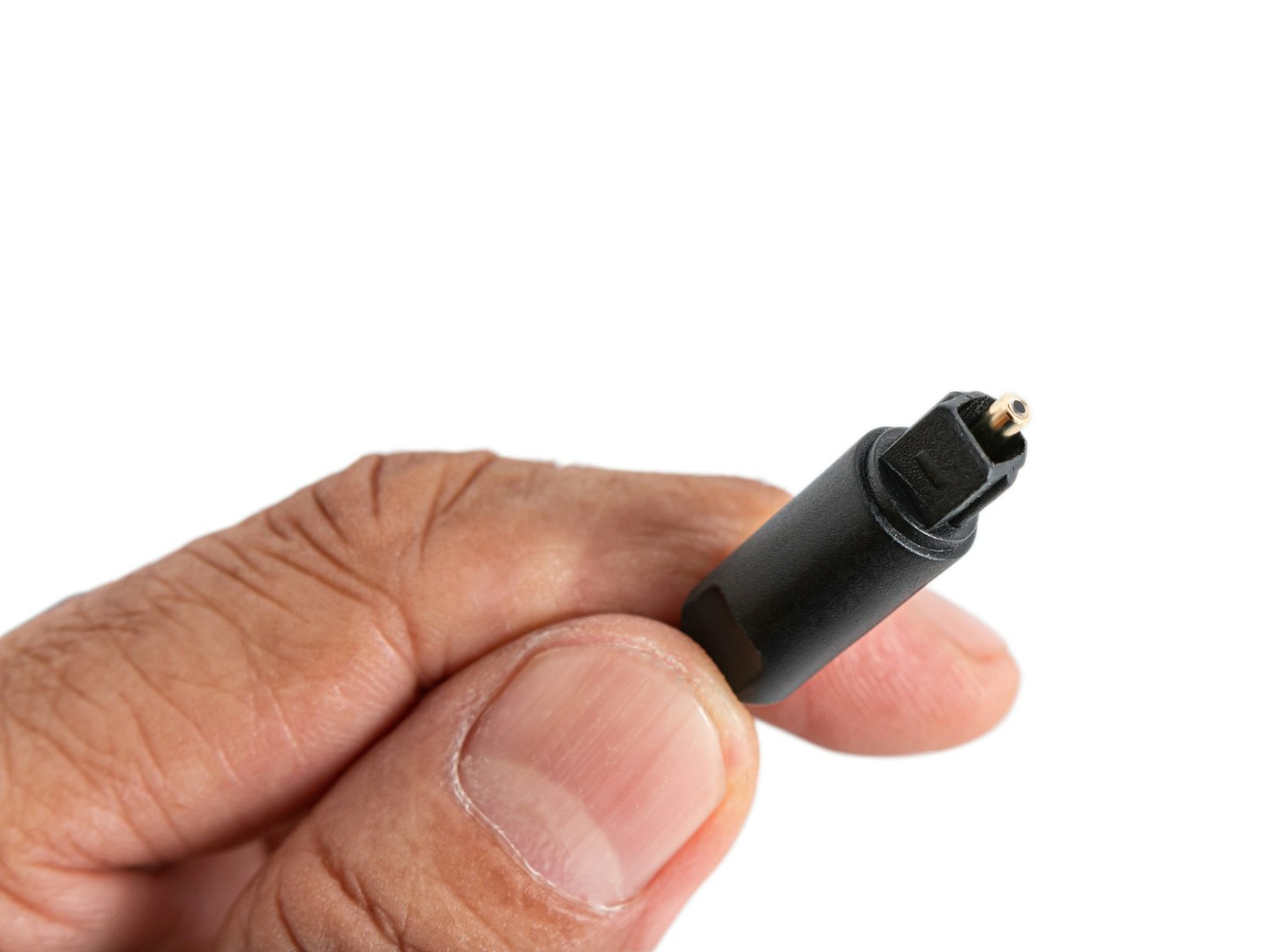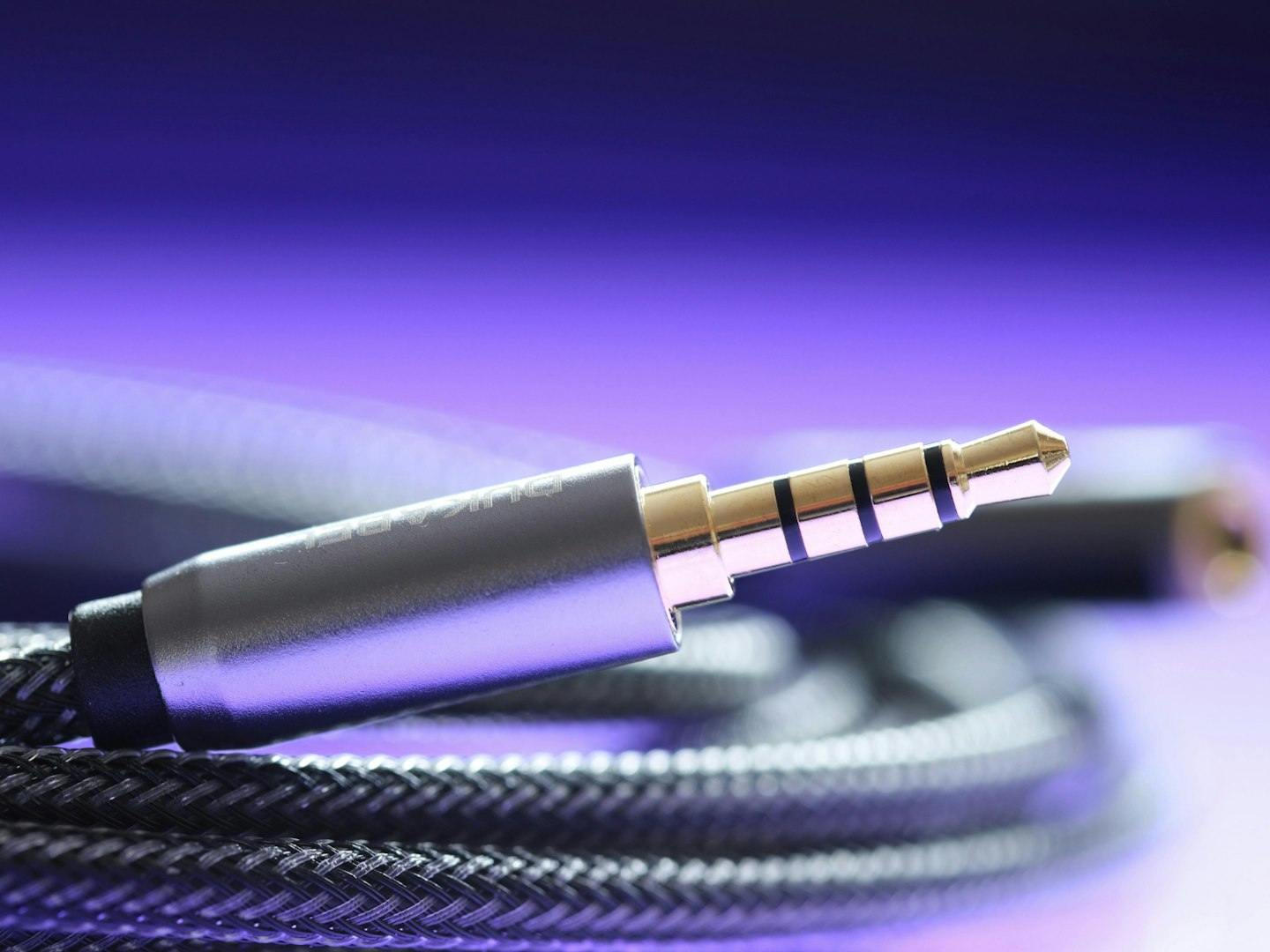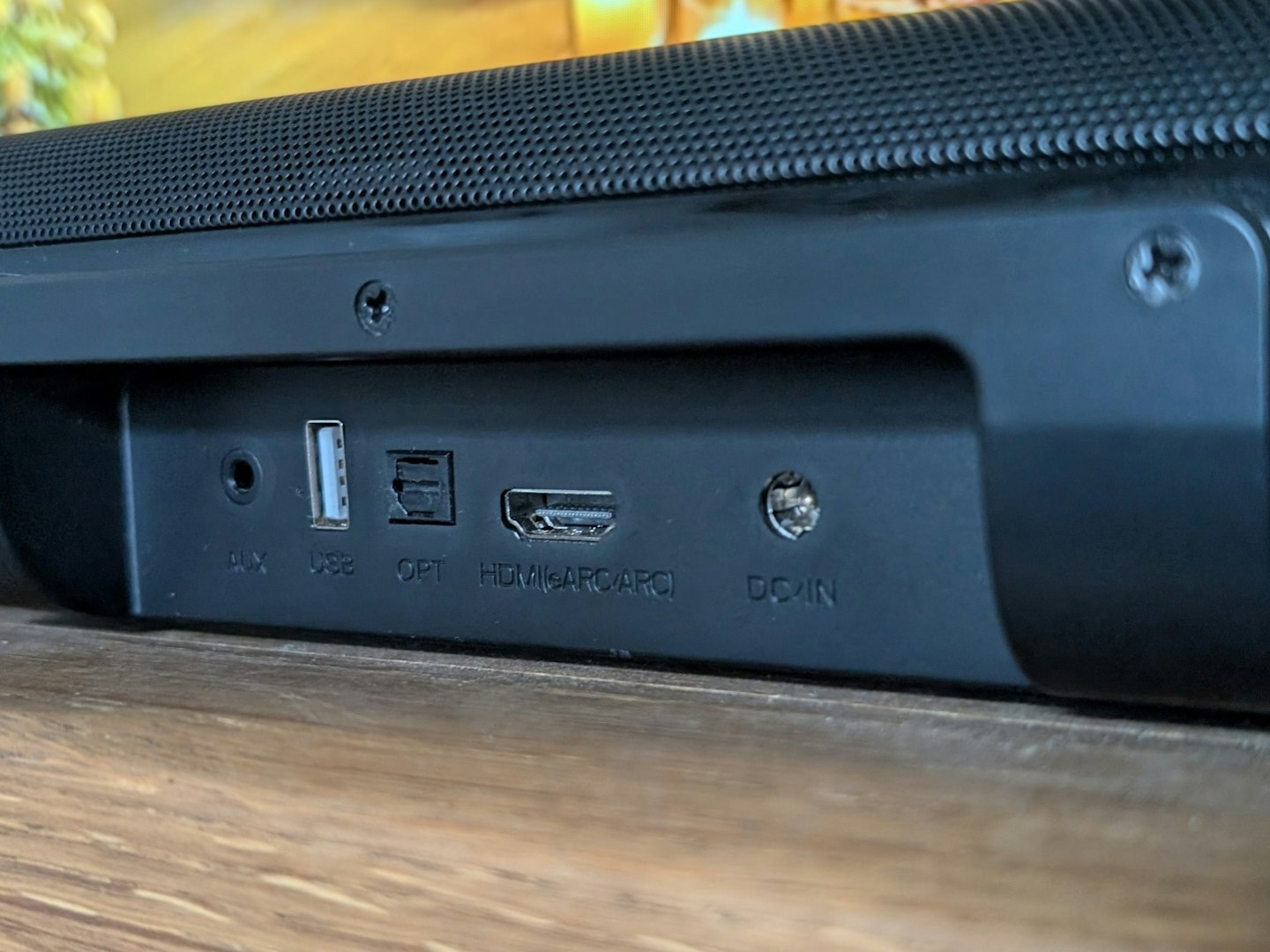An age-old debate held between audio enthusiasts for over a decade, the differences between optical and aux technology might seem small, but picking between them will make a major difference once you've got the best speakers for your home entertainment system.
Using physical connections is noticeably better than Bluetooth, especially if you're an audiophile, they also reduce chances of any input lag, especially if you've invested in high-quality audio cables, but if you're stuck for choice when considering either an aux cable or optical cable, you've come to the right place.
In this brief, yet informative article, we'll cover the basics of each technology, breaking down their primary differences and what might work better for your setup, which is important as you'll soon realise that something which works for one home cinema system might not work for another.
What is an optical cable and how does it work?

An optical cable is referred to as an S/PDIF (or Sony/Philips Digital Interface), and it digitally transfers audio using fibre optic cables as opposed to a traditional copper cable. Optical cables use light pulses to transfer data which is particularly quick. When the light pulses reach the output device, your speakers for example, these light pulses are converted to electrical and finally analogue signals which the speaker then outputs.
Optical cables have much higher transmission speeds than typical copper wires, and can more reliably transfer audio data over longer speeds than alternative options.
Optical cables can be used in a selection of devices, including speakers, soundbars, Blu-Ray players, gaming consoles and much more, so there are less limited options with modern technology, but this isn't always the case.
Purchasing a cheaper television might render your optical cable useless, as not all televisions come equipped with an optical port, this is true for a variety of devices. Input devices must have a high enough bandwidth to support optical cabling. Bandwidth is the amount of data that can be transferred per second, and if it isn't high enough, television manufacturers will often not include an optical port altogether.
What is an aux cable and how does it work?

Aux cables, or auxiliary cables are yet another type of wired connection used by devices to transfer analogue data. A cheap, reliable technology that's existed for the better part of 70 years, aux cables are simple and before modern smartphones decided to remove aux ports, were a highly prevalent technology since the early 2000s.
An electrical signal is used by aux cables, which is transmitted by an input device such as a television, the signal is received by the output device and is converted to analogue which is subsequently converted into audio. It's a simple technology, but a trusty one: useable in a huge range of devices and not reliant on bandwidth as an optical cable is, it remains stronger than Bluetooth in terms of latency and audio quality to this day and is a preferred connectivity type used by professional-grade music producers, but it's not without its issues.
Aux cables, moreso than optical cables are prone to damage from coiling, and degrade quicker than their optical cable counterparts thanks to gradual wear and tear. The market for aux cables, more than any other cable is flooded with cheap knockoffs waiting to eventually degrade and fail, so purchasing one of the best aux cables is a must.
How do the two technologies compare?

Compared to optical cables, aux cables are far more prone to interference from other devices: according to Orbitsound, a reputable source of information for audio information, aux cables are more prone to interference because "electrical sources, like your mains power, can distort the signal. If you've ever heard your speaker buzz, that's interference".
Optical cables, however, aren't prone to such interference, making them a more stable choice overall. In terms of cost-effectiveness, aux cabling is certainly a cheaper choice: its wide useability with a variety of devices gives you plenty of choices for soundbars, speakers and other technologies.
For overall stability, superior sound quality, and low-latency connection, optical cables are the best choice for your television sound setup. It's not always an option due to limitations with bandwidth, but if it's an option, it's the superior choice when sound quality is concerned. HDMI ARC is another strong option, especially if you're planning on using a soundbar, but there's no guarantee that your television can support it.
The Bluetooth revolution: what's in store for optical and aux cables?
With a general push for wireless connectivity, we're seeing vast advancements in the connection quality and latency of Bluetooth in sound devices: quicker connectivity, strong quality and more, the quality difference between physical and wireless connections is growing narrower, and there's the added benefit of the technology itself being completely free.
There hasn't been much if any advancements in optical and aux cable technology for some time, and it seems that for most, physical cables are on their way out, but for our money, they're still the strongest guarantee of quality on the market. For dedicated audio fans who value perfect sound, choosing an optical cable is the way to go, but an aux cable can be equally viable too.
Ryan Houghton is a commercial content writer for What’s The Best, known best for his expertise in gaming, with a particular soft spot for PC gaming, audio tech, televisions and smartphones.
Diligently writing for What’s The Best for almost two years, there are very few tech products Ryan hasn’t had his hands on to review; televisions, headphones, folding phones and even LEGO, if it’s nerdy, he’ll be there.
His well-versed history as one of the resident techies at What’s The Best has kept him keen to uncover the very best deals, savings and offers for those in need of a cracking deal to upgrade their setup.
In his downtime, Ryan most likely has his nose buried in a fantasy book, or his eyes glued to a screen whilst playing a tough-as-nails Soulslike or leisurely RPG, indulging in most forms of escapism where possible.
Subscribe to the What’s The Best Newsletter to keep up to date with more of the latest reviews and recommendations from the rest of the What’s The Best team.
